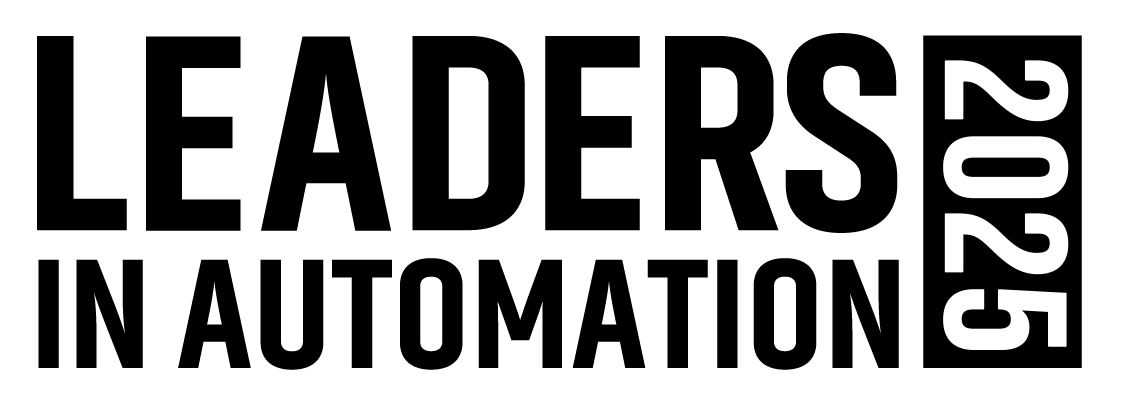As the scope of manufacturing software has expanded, along with the simultaneous need for faster deployments and quicker returns on investment, it’s important to take the industry’s collective “lessons learned” from the past and to channel the investments and teamwork of any future initiatives using best practices that are lower-risk, and on the fast track to success.
A comprehensive MOM implementation is complex and can present considerable challenges to companies, with success contingent on harmonized goals and a cross-organizational effort that takes into account people, processes and technologies. We list five key steps to a successful MOM implementation, putting companies on the quickest path to manufacturing operational excellence:
1. Secure executive leadership and direction. It’s vital to have full executive buy-in from the onset to spur inevitable cultural and process changes across the organization. For example, executive leadership is a must for breaking down the organizational silos that have a direct impact on manufacturing operations, like sales and marketing, business operations, supply chain, IT, maintenance, and service. All of these business silos need to understand their respective roles in contributing to improved business and manufacturing processes for overall results. It’s critical that executives take the lead in linking top-level, strategic business objectives to specific manufacturing strategies and goals.
2. Assemble a cross-functional team to analyze processes in an end-to-end fashion. This team should focus on identifying and understanding the major disconnects, such as inefficiencies, broken handoffs, gaps for timely information, and mismatched organizational teams that don’t provide “business and manufacturing” benefits through their collaboration, and make recommendations on specific process improvements. Next, the team should prioritize specific actions that address these process issues and estimate what the range of business impacts and outcomes could be if they were addressed.
3. Take inventory of all deployed MOM software applications and supporting people. This includes both in-house and packaged applications. The sheer number of processes and technologies can often be surprising, and so can the fragility of the situation with respect to the current state of support for production-critical applications. It’s important to find places to standardize on the implementation of manufacturing software solutions that address a broader set of end-to-end processes in an integrated fashion, rather than simply replicating existing point solutions with technologically updated applications.
4. Start with a MOM pilot/proof of concept application at one production site. It’s a best practice to test and prove that the desired results are achievable by beginning with a subset of the completely envisioned functionality. At the same time, the pilot still needs to address a significant manufacturing business pain point with high ROI potential. This is a good way to gain momentum and ease into full implementation. In addition to ensuring functionality, completing a pilot program will allow more accurate assessments of the time, effort, investment, scalability and resulting business value of a complete implementation.
5. Use preconfigured MOM application templates. To the extent possible, it’s usually best to adapt production processes to proven templates offered by some vendors instead of highly customizing the software to conform precisely to existing processes. Many times, there are best practice processes embedded in these preconfigured templates, which creates a new opportunity to improve processes instead of blindly re-implementing and automating existing processes. In addition to reducing the amount of customization required and speeding the time to value, the preconfigured template approach makes the application more supportable by both the vendor and the manufacturing company over a long life cycle.
As technology advances and new MOM functionalities become available and ever more cost-effective, manufacturing companies that are able to effectively implement and leverage comprehensive MOM software solutions will have a competitive advantage over those that remain wed to disparate point applications. Though there are many other best practices around MOM implementation, the five steps above represent a good high-level overview for consideration.
>> Mark Davidson is principal analyst at LNS Research (www.lnsresearch.com). He previously served in various leadership roles for Invensys.
About the Author
Mark Davidson
principal analyst at LNS Research

Leaders relevant to this article: